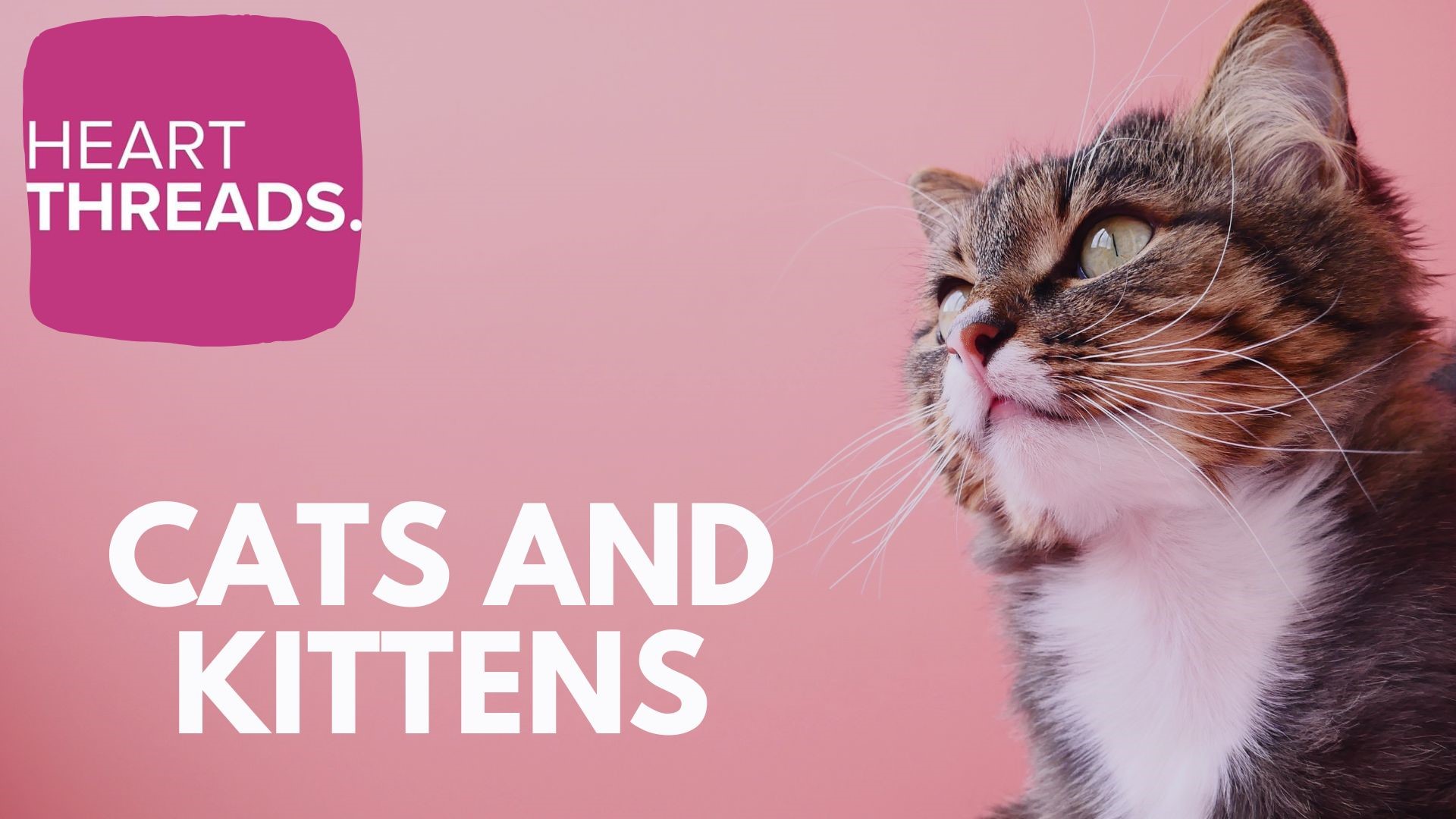CINCINNATI — Scientists at the Cincinnati Zoo announced they have developed a shot that can prevent cats from getting pregnant.
The scientists at the zoo, alongside collaborators from the Massachusetts General Hospital and Horae Gene Therapy Center, recently published their findings after a study lasting three years.
The shot is an Anti-Müllerian Hormone (AMH) gene therapy that will prevent pregnancies in cats long-term, the Cincinnati Zoo says.
The shot was developed as an alternative to the surgical procedure known as spaying, which removes the animals' ovaries, sterilizing it.
This new alternative could help reduce stray cat populations across the United States, researchers say.
Experts estimate that the stray cat population in the county ranges somewhere between 30 and 80 million cats.
A single shot to sterilize a female cat is much easier and more cost-effective than the traditional surgical option.
“The trap, neuter [spay], return model is difficult to achieve on a large scale because surgery requires general anesthesia, an adequately equipped surgical facility, and more veterinarians than are currently available,” said senior author and CREW’s Director of Animal Research, Dr. Bill Swanson (DVM, Ph.D.).
The study gave six cats the shot and used three cats as a control. The cats were then put through two four-month breeding trials where they were paired with a male. The three control cats all became pregnant and the ones who received the shot did not.
“A non-surgical sterilant for community and companion animals is long overdue and will transform animal welfare,” said Gary K. Michelson (MD), founder and co-chair of the Michelson Found Animals Foundation, which helped fund the study. “This breakthrough discovery is a major milestone in our quest to provide pet owners with an alternative to surgical spay and neuter.”
After the breeding trials, the cats were monitored for three years and showed no signs of adverse effects from the shot.
After the three-year monitoring period, the cats were put up for adoption and several of them already found their forever home.
Even some of the zoo staff and volunteers adopted some of the cats used in the study.
The scientists hope that this new form of gene therapy will be approved for use on a larger scale and help reduce stray cat populations across the country.
►Make it easy to keep up to date with more stories like this. Download the 13 ON YOUR SIDE app now.
Have a news tip? Email news@13onyourside.com, visit our Facebook page or Twitter. Subscribe to our YouTube channel.

